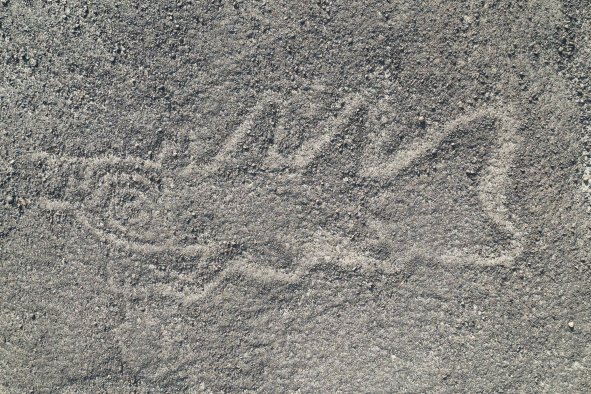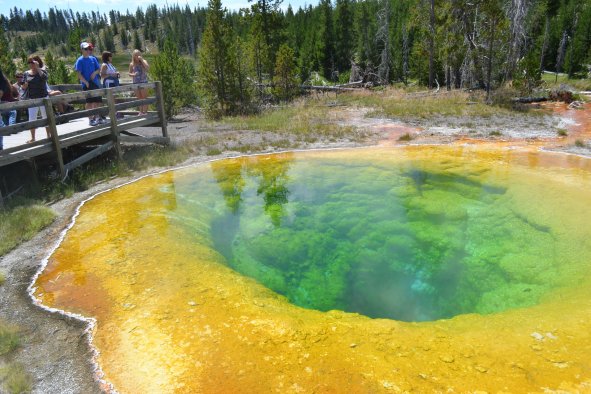Archaeologists have uncovered evidence of a previously unknown early farming society from the Neolithic period, otherwise known as the New Stone Age, a study reports.
Research conducted at the long-known but poorly studied archaeological site of Oued Beht in what is now Morocco has cast new light on it, revealing the "earliest and largest" agricultural complex in Africa beyond the Nile River corridor region. The study authors date this hitherto unknown farming society to between 3400 B.C. and 2900 B.C.
While the Maghreb (a term used to refer to northwest Africa) is known to have played an important role during the Paleolithic period, or Old Stone Age, as well as the later Iron Age and Islamic periods, there is a significant gap in the archaeology of the region between 4000 B.C. and 1000 B.C.
This stretch of time was characterized by a period of dynamic changes across much of the wider Mediterranean region.
In an attempt to address this knowledge gap, a team led Cyprian Broodbank of the U.K.'s Cambridge University; Giulio Lucarini of the Institute of Heritage Science at the National Research Council of Italy; and Youssef Bokbot of Morocco's National Institute of Archaeology and Heritage undertook fieldwork at Oued Beht.
This work revealed the presence of a large-scale farming settlement, with the team recovering unprecedented domesticated plant and animal remains as well as pottery and stone artifacts—all dating to the Neolithic period. Excavations at the site also uncovered extensive evidence of deep storage pits.
Notably, contemporaneous sites with similar pits are already known on the other side of the Strait of Gibraltar—across the Mediterranean—in the Iberian Peninsula of Europe, where discoveries of ivory and ostrich eggs have long indicated connections with the African continent. Evidence such as this paints a picture of complex local communities reciprocally engaged with their contemporaries in southern Iberia, according to the study.
Overall, the latest findings indicate that Oued Beht and the northwestern part of the Maghreb played an integral role in the wider Mediterranean during the fourth millennium B.C.—casting new light on the later prehistory of the region.
"For more than a century, the last great unknown of later Mediterranean prehistory has been the role played by the societies of the Mediterranean's southern African shores west of Egypt," the study authors said in a press release.
"Our discoveries prove that this gap has been due not to any lack of major prehistoric activity, but to the relative lack of investigation, and publishing. Oued Beht now affirms the central role of the Maghreb in the emergence of both Mediterranean and wider African societies," the authors said.
They went on: "It is crucial to consider Oued Beht within a wider co-evolving and connective framework embracing peoples on both sides [of] the Mediterranean-Atlantic gateway during the later 4th and 3rd millennia B.C.—and, for all the likelihood of movement in both directions, to recognize it as a distinctively African-based community that contributed substantially to the shaping of that social world."
Do you have a tip on a science story that Newsweek should be covering? Do you have a question about archaeology? Let us know via science@newsweek.com.
Disclaimer: The copyright of this article belongs to the original author. Reposting this article is solely for the purpose of information dissemination and does not constitute any investment advice. If there is any infringement, please contact us immediately. We will make corrections or deletions as necessary. Thank you.



